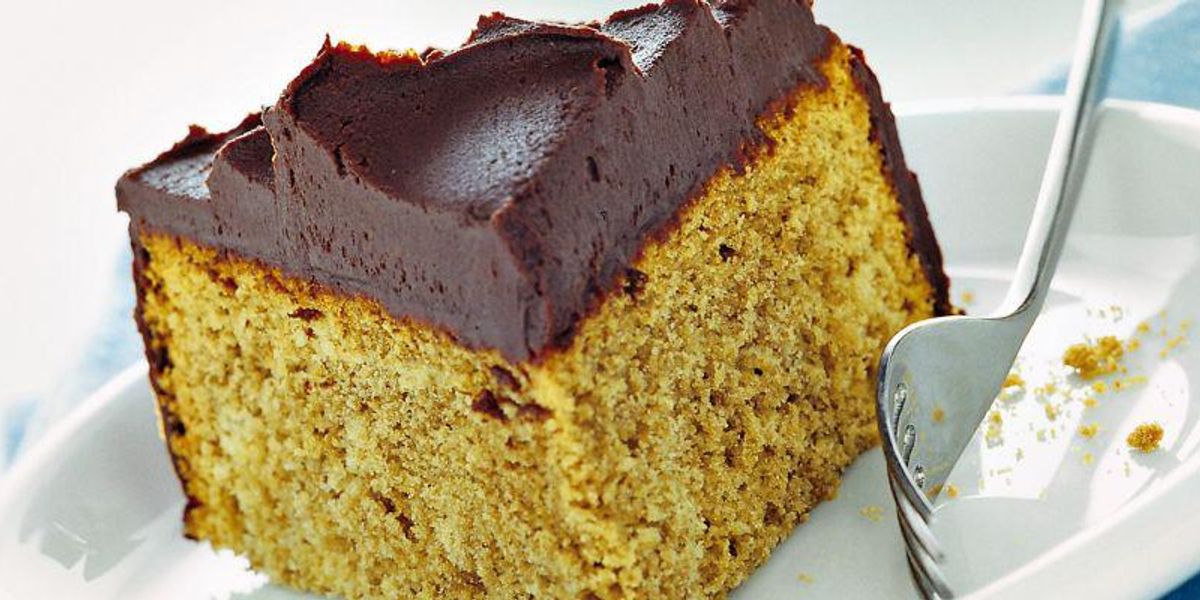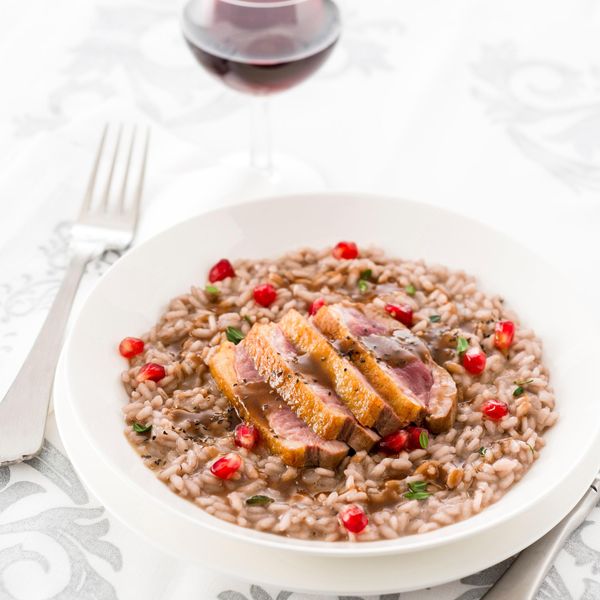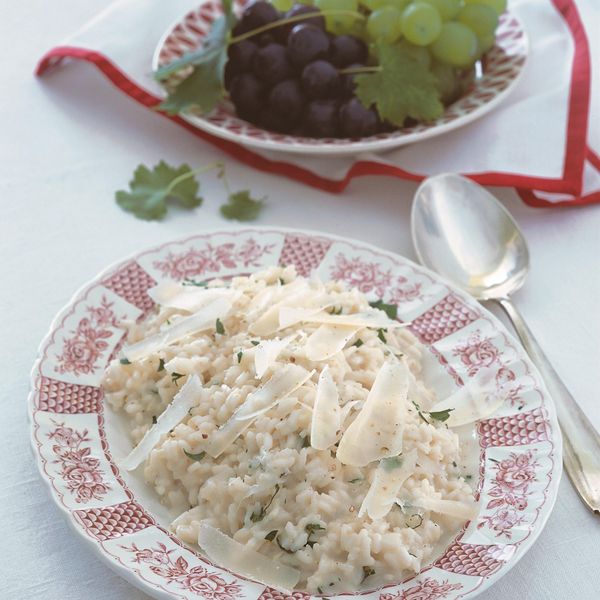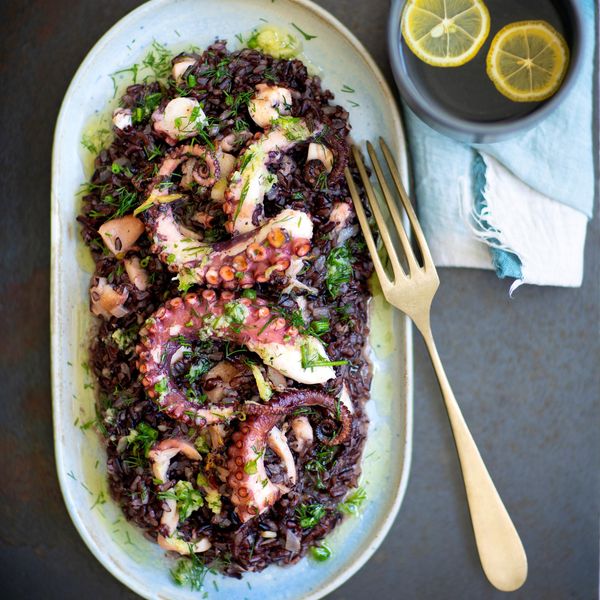
Dried and salted cod, in Italian called Baccalà, indicate cod which, as soon as it is caught, is immediately salted on board the fishing boats, to allow for perfect conservation. It is necessary to go back several centuries to discover how this method of conservation was born. The fish, open like a book, deprived of the head, of the entrails and of most of the backbone, were accumulated in the holds under thick layers of salt to stop the development of bacteria and, at the same time, allow the settlement of other bacteria. not harmful, which determine the maturation of the cod.
The second part of the process continued on the ground pressing the fish to remove water and brine, then brushing it and drying it outdoors or in tunnels with hot, dry air currents. The term "baccalà" is used throughout Italy, except in the Veneto where, on the other hand, it indicates stockfish , that is, dried and unsalted fish. A good cod must not be too small, have thick and white enough flesh.
Once the cod was sold loose, in large tubs full of water. Today it is more easily found in special packages. To prepare the cod for cooking, wash it for a long time, then immerse it in cold water (or milk) for at least 24 hours. It is then boiled for about 20 minutes in a court-bouillon, immersing it in the almost cold liquid. Before cooking it, it is advisable to remove the central bone, the thorns and the skin.






